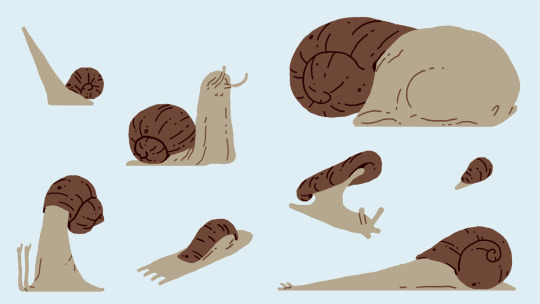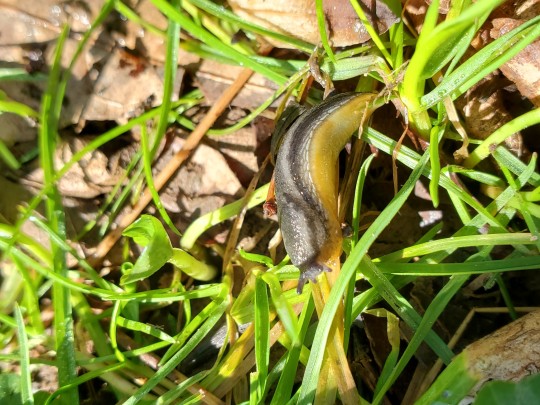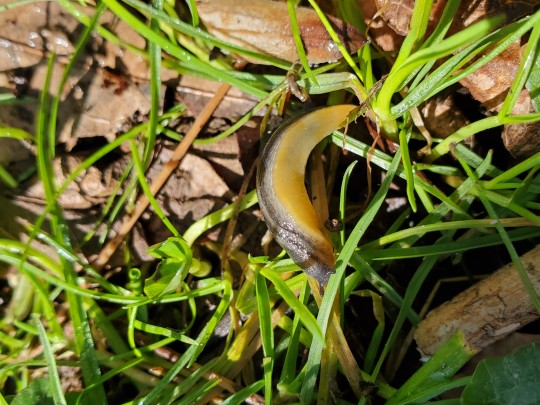Text
13K notes
·
View notes
Photo

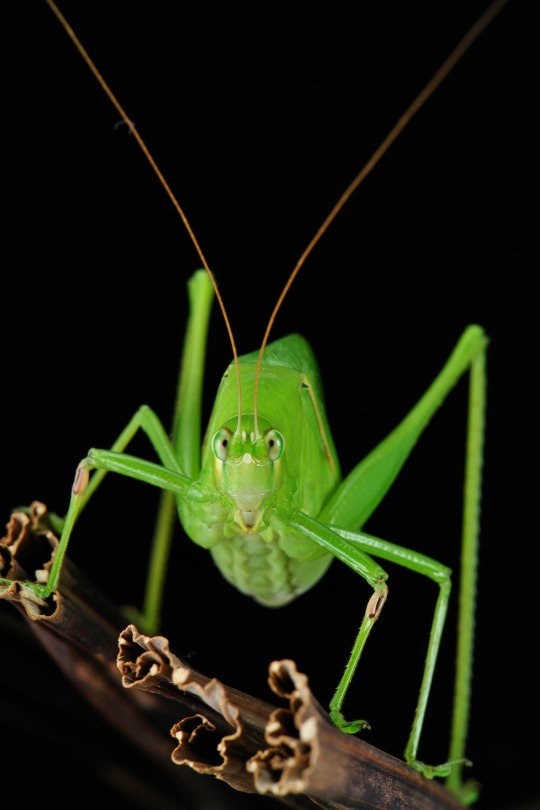
Katydid or Bush Cricket (Phaneropteridae)
Pu'er, Yunnan, China
See more Chinese grasshoppers and crickets on my Flickr site HERE…..
980 notes
·
View notes
Video
I hit a lot of water drops!💧💦💨
(4x speed)
たくさんの水滴に当たったよ!💦💨
(4倍速)
62K notes
·
View notes
Text

@nohamozolna submitted: New friend that I got as a gift.
HOLY MOLY THAT IS A STUNNING FRIEND
229 notes
·
View notes
Photo


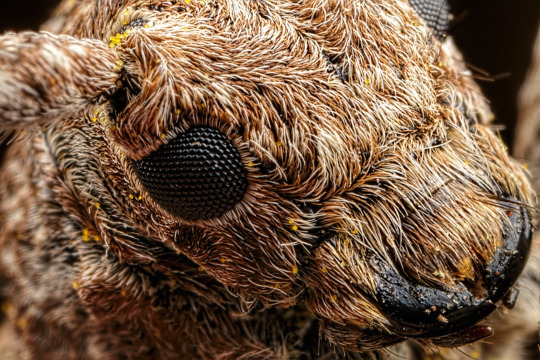
Longhorn beetle, Niphona picticornis, found throughout the Mediterranean
Macro portraits by dalantech
3K notes
·
View notes
Photo
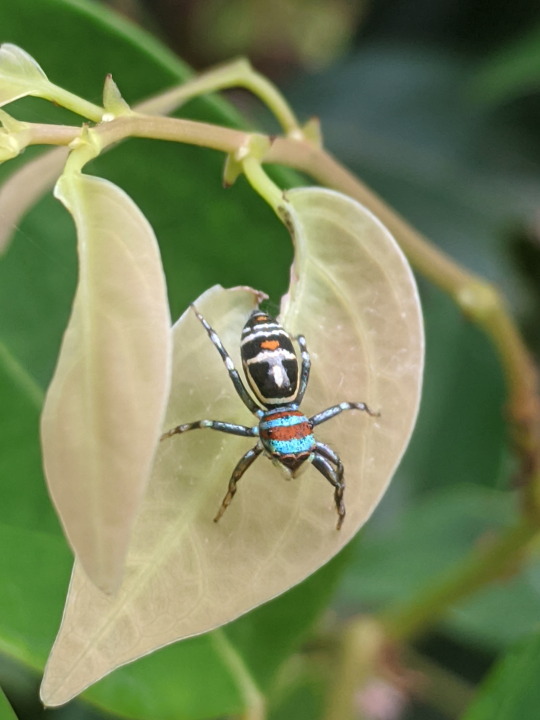
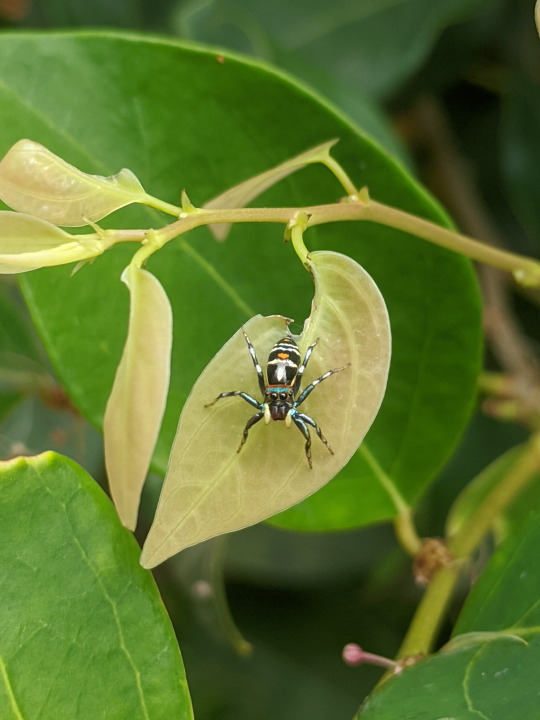
✥ Cosmophasis micarioides (female) - Salticidae
11/12/02
117 notes
·
View notes
Photo

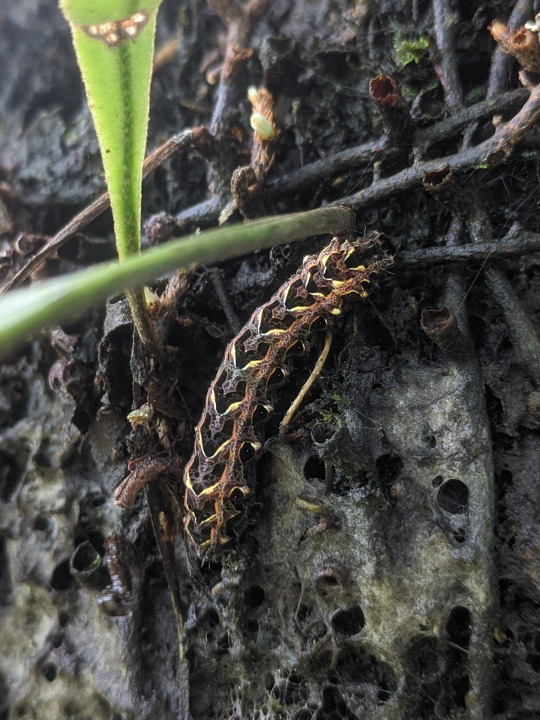
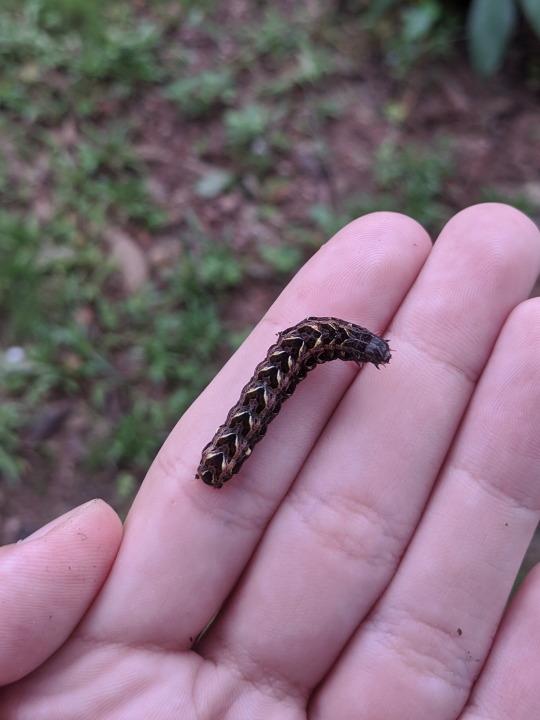
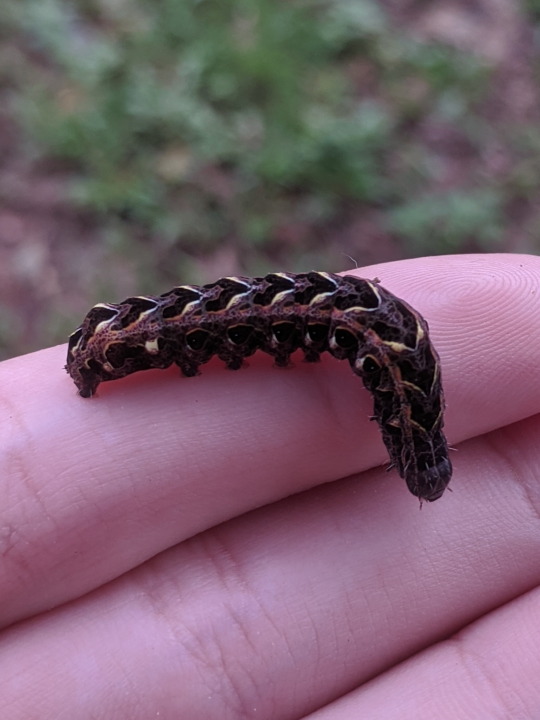

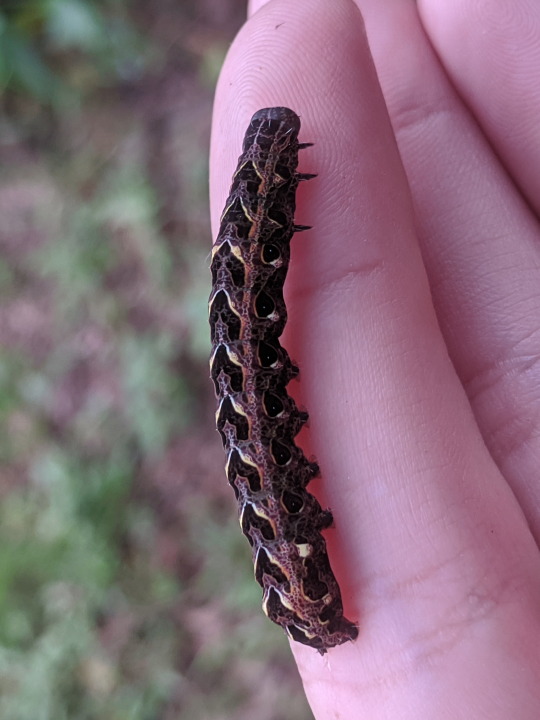
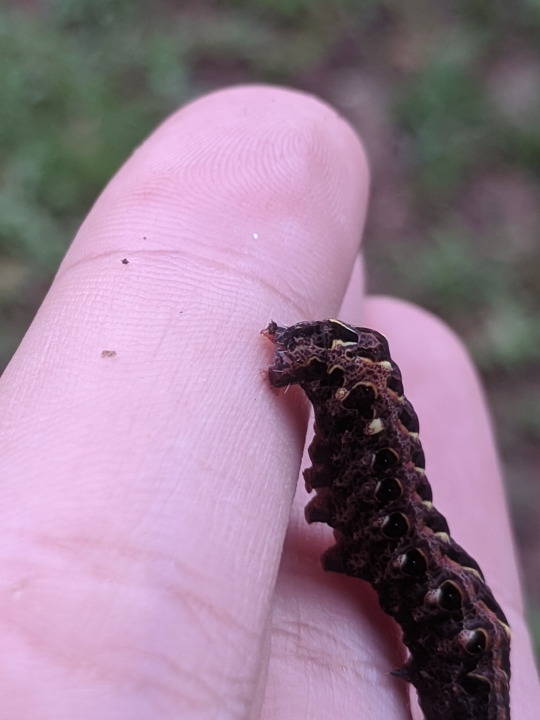
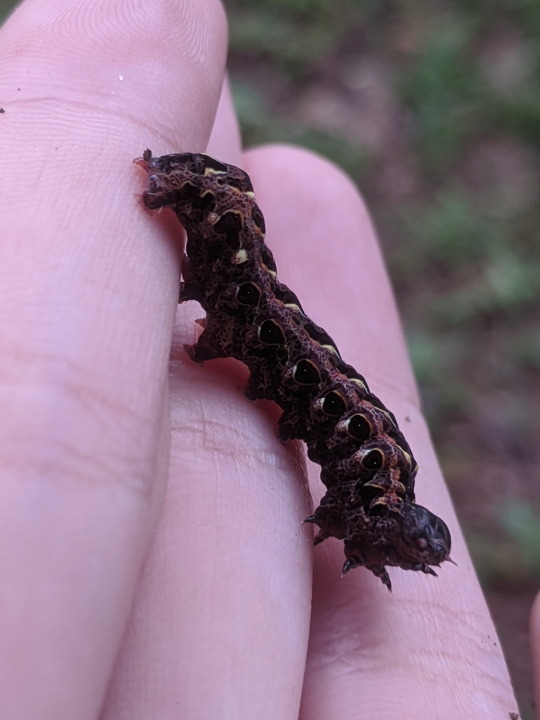
Been wanting to ID this caterpillar for a very long time, but all I currently know is that it’s from the Callopistria genus (fern moths).
I’ve found this caterpillar feeding on a variety of different ferns. During the day, the caterpillar will hide in the black moss that covers the tree. At night, the caterpillar will be underneath the fern leaves.
This caterpillar has been found in Far-North Queensland, Australia.
35 notes
·
View notes
Text

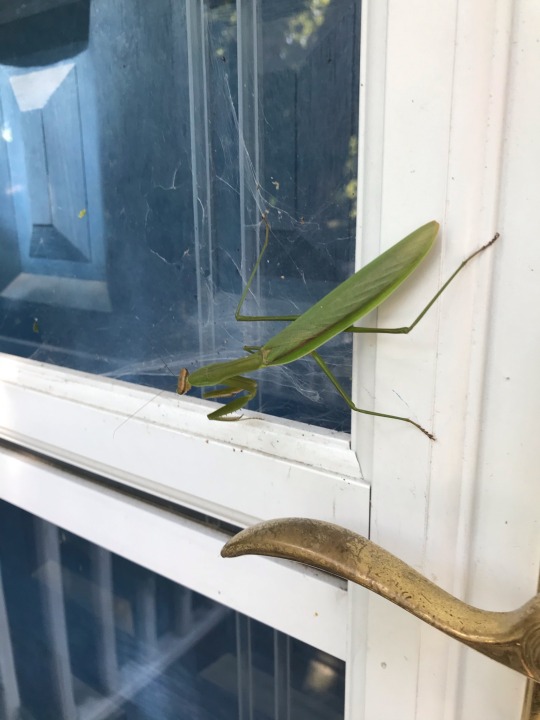
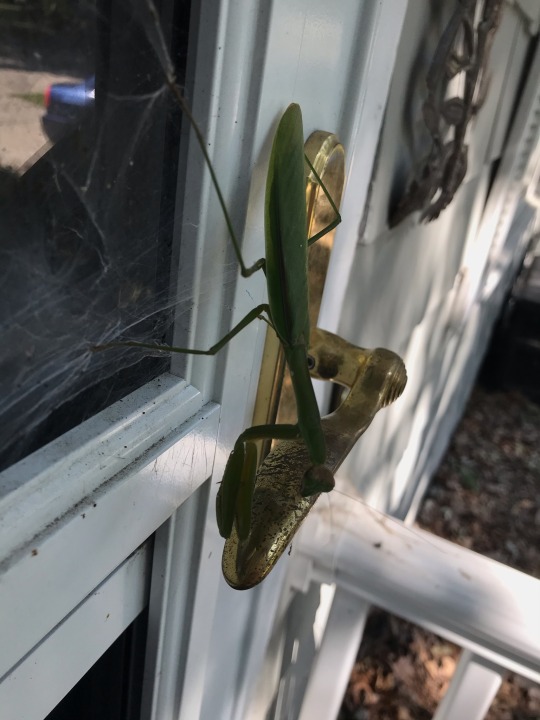
@alchemiccolored submitted: This huge mantis just hung out on our front porch a while back… certainly something to come home to! She’s so photogenic,,, 🥺
Big!!! Love this pal. Looks like a Chinese mantis :)
204 notes
·
View notes
Photo

@llumaca submitted: ants looking after their aphid herd. interesting to see but… i wish they wouldn’t do it on my succulents :<
Lol yes aphids can be not great for plants. But very fun to watch! I think I’d tolerate them just for that :) Your succulents look beautiful! I’ve never gotten mine to flower :C
61 notes
·
View notes
Text
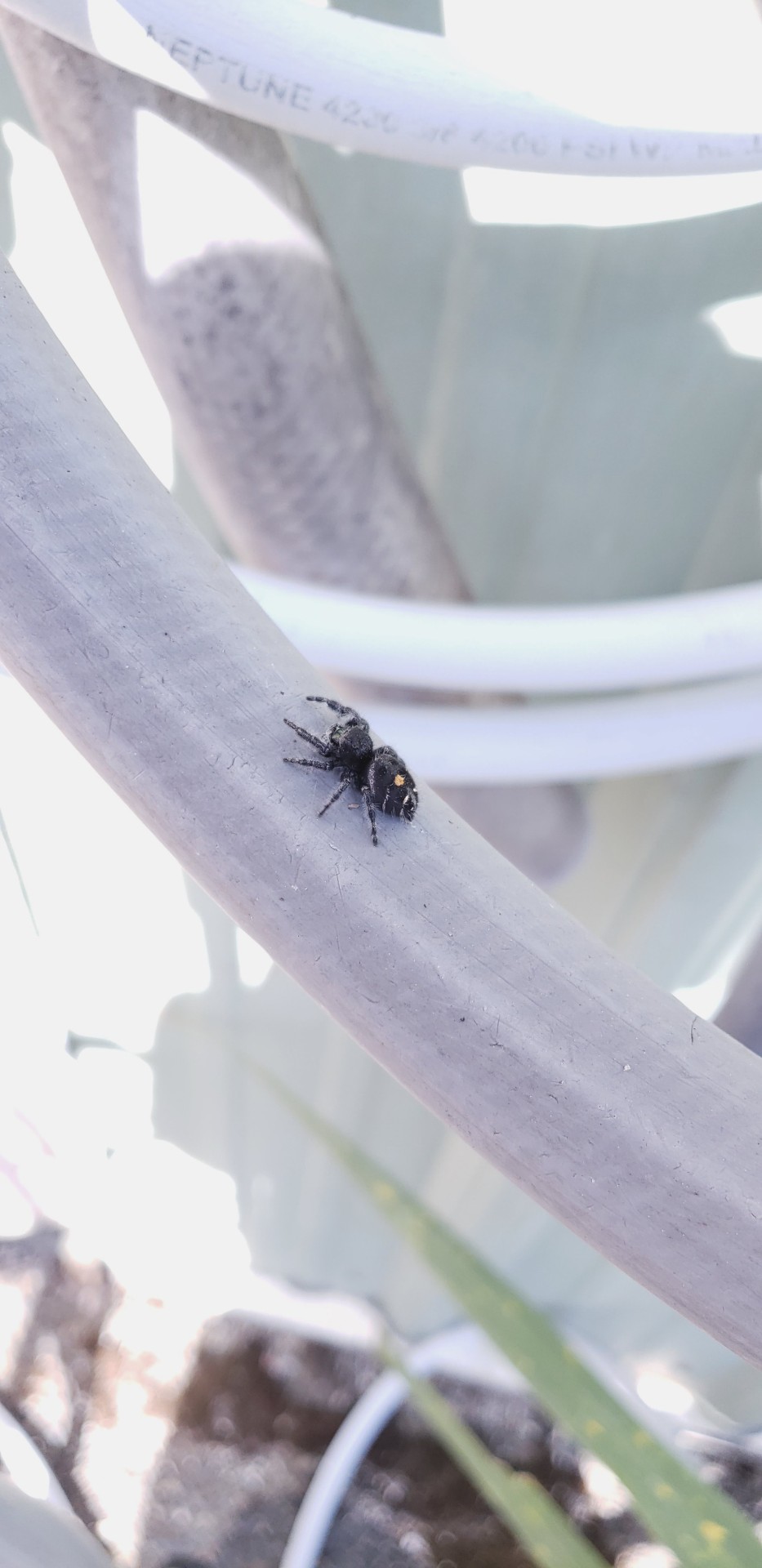
@im-flashtoo submitted: Encountered this very large and beautiful Phiddipus lady at work :>
Big! Bold! Beautiful! I love her :)
95 notes
·
View notes
Text
@aura1-sponge submitted: Little SCOUMDREL in my house
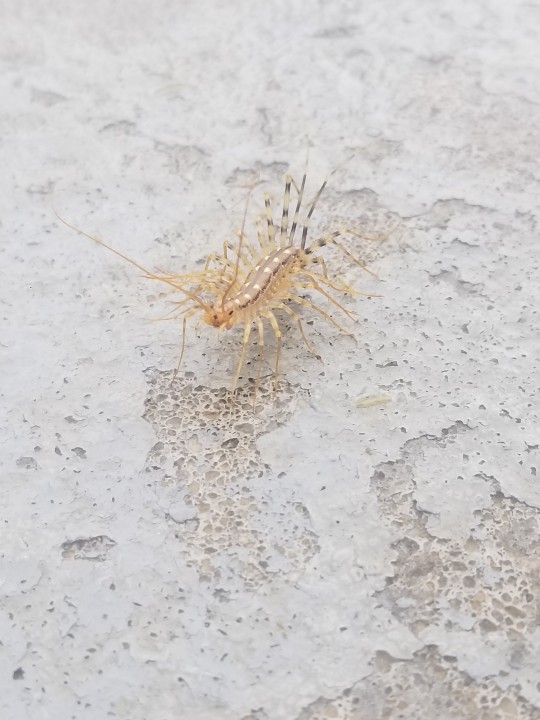
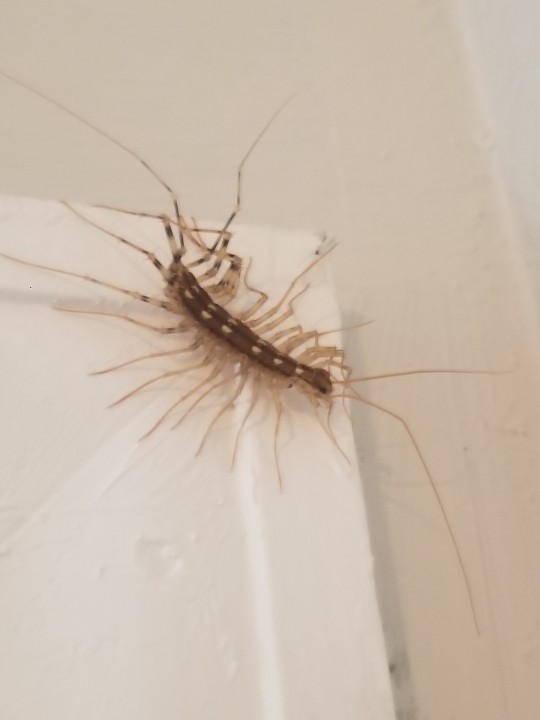
. Sent hmi out into the clod cold rsin. A silly man
Who
I see no scoundrel here, only a very nice and leggy friend. It’s a house centipede! Very sad you put them outside in the cold cold rain but luckily they are well adapted to surviving on their own and will likely find another nice house to visit :)
148 notes
·
View notes
Photo
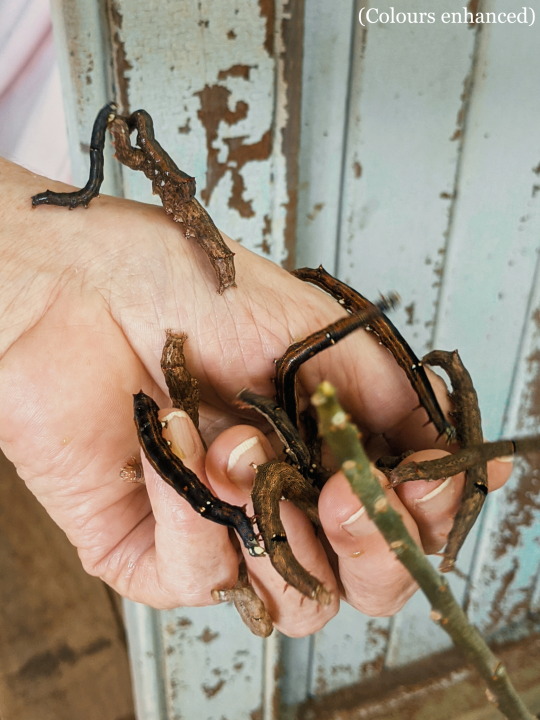
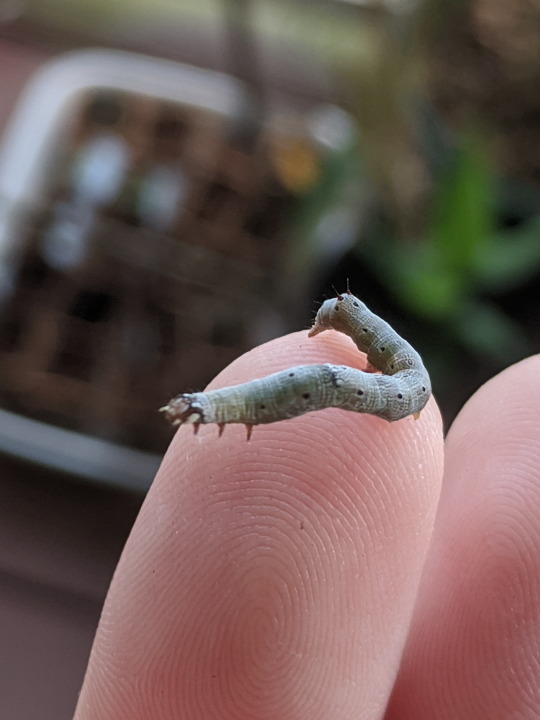
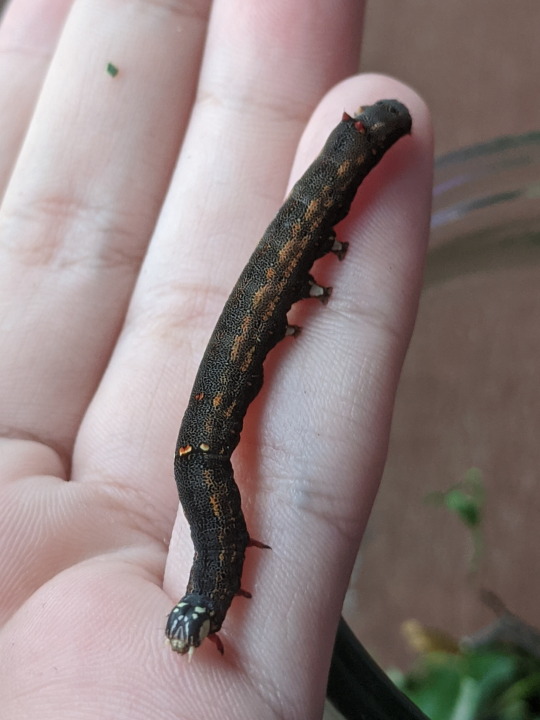
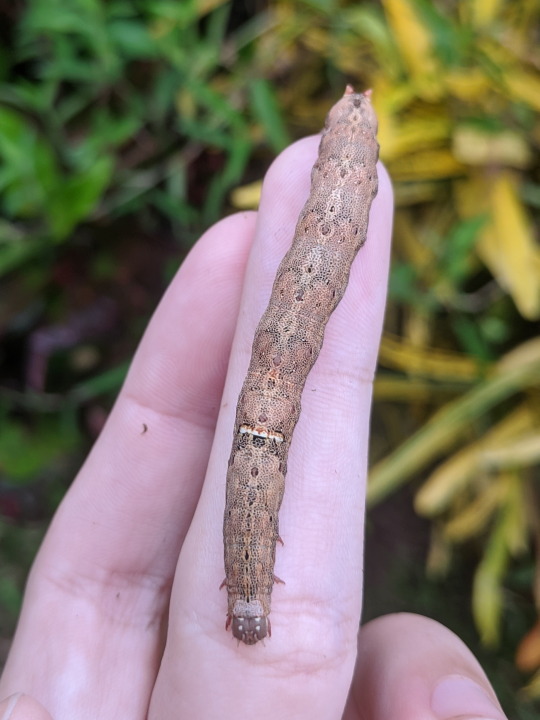



✥ Achaea janata, “Caster Oil Looper” / “Croton Caterpillar”
——————————————————————————————————–
Personal Observations
Firstly, the caterpillar’s colours vary drastically with each instar and specimen. I at first noticed that final instars became a dull brown with wood-like patterns, however I’ve found specimens that maintain bright colours in their final instars as well. There doesn’t seem to be any order to the colours the caterpillars became, aside from genetics.
A list of colours and variants I’ve found:
White/Light grey with a dark head and legs, and spots running horizontally down the back
Fully beige with wood-like patterning
Fully dark brown/Reddish brown with wood-like patterning
Fully Grey/Blueish black with clear white patterning on the face
Black, or Reddish black with bright red/orange patterns running down the side
The caterpillar will always have a line (made up of 4 dots) separating the thorax from the rest of the body.
The caterpillars would often feed in broad day light, and would position themselves in a way that would camouflage their bodies, as they ate. When threatened, the caterpillars would curl their heads under their bodies, and regurgitate their food onto their attacker.
The caterpillars would grow quite large, with final instars almost being the length of my index finger.
——————————————————————————————————–
Taxonomy
Lepidoptera - Noctuoidea - Erebidae - Calpine - Achaea
Known Foodplants
Euphorbia (what my specimens were raised on), Codiaeum variegatum “Croton”, Morinda citrifolia “Noni”, Nephelium lappaceum “Rambutan”, Ricinus communis “Caster oil plants”, Tamarindus indica “Tamarind”, Avicennia marina “Grey Mangrove”, Bauhinia species “Orchid trees”, Aeonium canariense “Green rose”, Glycine max “Soybeans”, Gossypium hirsutum “Cotton”, Acacia species “Wattles”, Eucalyptus species “Gumtrees”, Emex australis “Three-corner Jack”, Macadamia integrifolia “Macadamia Nuts”, Rosa odorata “Roses”, Litchi chinensis “Lychee”, Tribulus species “Puncture Vine”
Known Territories
Borneo, Cook Islands, Hawaii, Japan, New Guinea, Taiwan, New Zealand, Seychelles, Australia
( Source ) this website has done more work in preserveing Lepidoptera information than I could ever dream of doing myself. Do support them ♥
——————————————————————————————————–
Last edited 14/04/21
30 notes
·
View notes
Photo
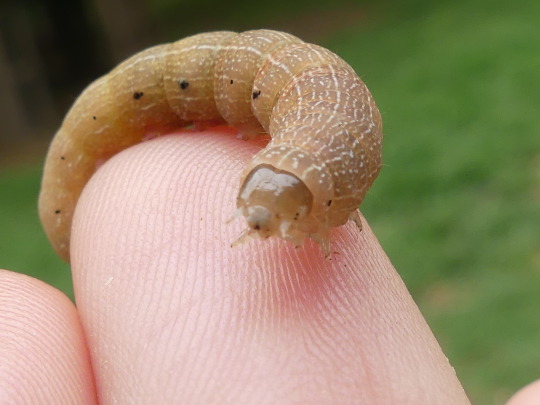
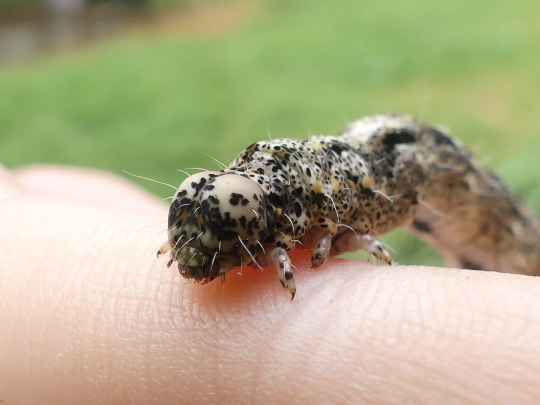
ah. pillar season. my favorite time of year
290 notes
·
View notes
Photo
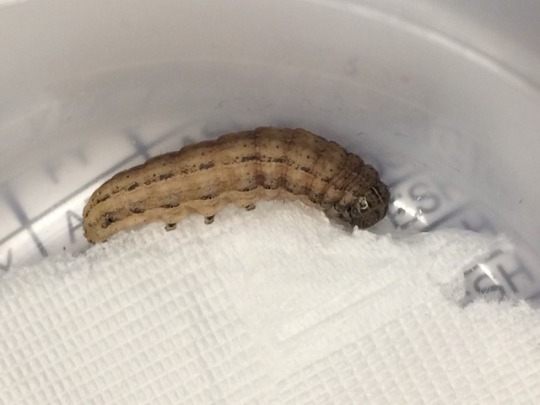
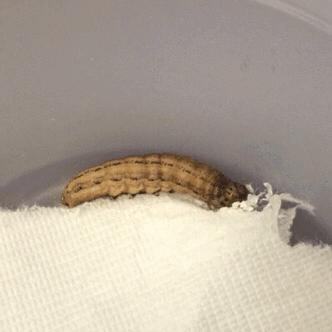
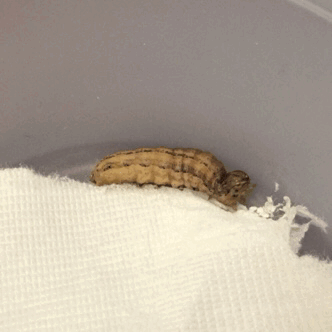
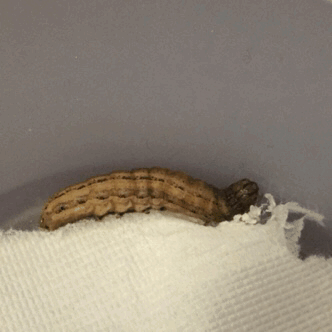
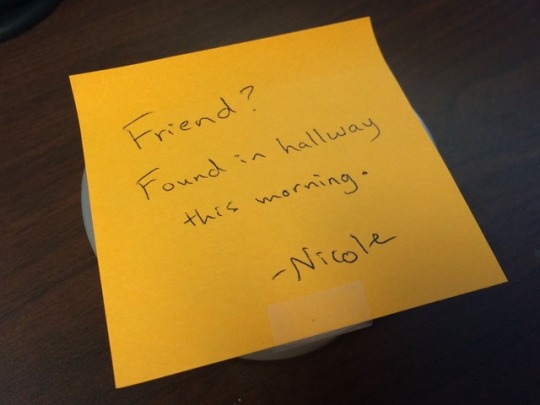
My coworkers bring me gifts; every bug they find in the hall ends up in a little cup on my desk. Today’s friend is a little caterpillar.
What would a caterpillar be doing in a building? Well, before they pupate, many moth caterpillars go through a wandering phase, where they leave their host plant (where a smart predator could easily find them), and wander around until they find a spot where they think, “Yes. This is it. My destiny.” Then they start chewing stuff up, spinning a cocoon (if they like), maybe burying themselves underground, then pupate.
I gave this baby a little piece of napkin, and they immediately started chewing it up to make silk to spin a cocoon. Cocoon spinning has been happening all day and we are making great progress!
February 6, 2018
3K notes
·
View notes
